Introduction
Virtual PC 2007 is a free program from Microsoft. You can use the program to setup multiple operating environments (guest systems) in your computer (host system). You can run different operating systems such as Linux, Windows 2000, Windows 95 or other as the guest systems. Or you can just run a non-English version of Windows for your foreign visitors. VirtualPC 2007 is easy to use and fast to install.
With the Virtual PC, you can run your old favorite software, which will not run on the newer version of Windows. Or you can use different guest systems to run conflicting software, such as Virtual Private Network (VPN). Or you can just use the guest system to test your software to make sure it works, which does not mess up the host operating system. When you are done with the testing, you can simply delete the Virtual PC image.
Caution
A note of caution, you need to update all the Virtual PC files to patch the security holes. The host system is responsible for the virus protection, security hole…
Install Virtual PC
*1. Download the Virtual PC 2007 (VPC). You can download the free Virtual PC 2007 from Microsoft’s website. Check your CPU so you know if you need 32 bit file or 64 bit file. For most home and small business users, 32 bit version is the file you should get.
*2. Like all critical operating system update, make sure that you have backup all your important file in case the installation run into problems.
*3. Double Click on the setup.exe file you downloaded earlier. Follow the on screen instructions. If you want, you can change the Virtual PC directory to C:\VirtualPC\ for easy management.
*4. Now you should have a start menu shortcut call Microsoft Virtual PC. Double click it will start the Virtual PC. You need to configure the Virtual PC before you can use it.
*5.You need to create a virtual machine before you can use the Virtual PC. You need to give each Virtual PC a unique name. The program saves the resulting VPC files under documents and settings. However, I prefer to put them under a shorter path: C:\VirtualPC\Images\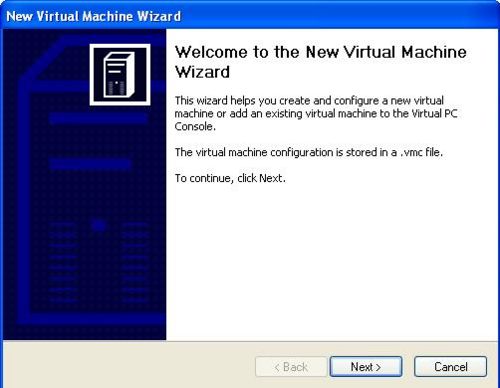
*6. You can select which operating system to use. For me, I just want to run VPNs, Windows2000 takes less hard drive and memory than Windows XP and that’s the one I will use.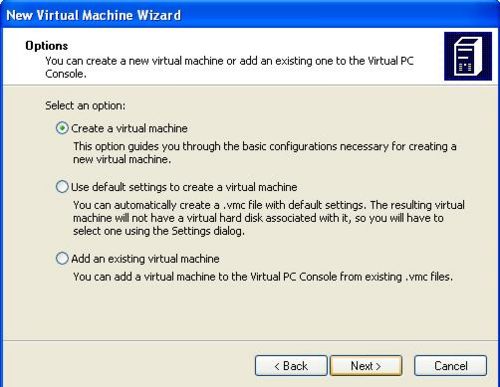
*7. You can use the default memory setting or you can select “Adjusting the RAM”. You have to play with this setting base on what you want to do with the Virtual PC. If you do a lot of gaming or coding on the virtual pc, you may want to set the RAM to around 500 MB or more. However, 128MB is good for VPN use.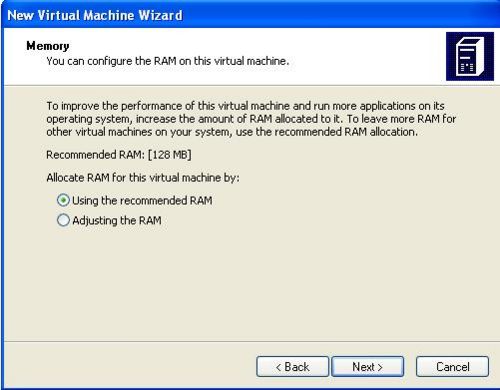
*8. You should use new Virtual Disk if this is your first Virtual PC.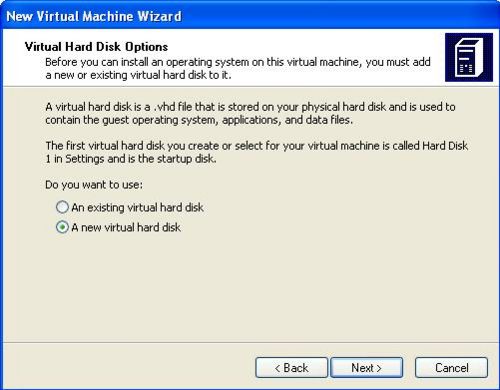
*9. You can select the Virtual Disk location and size. Default size is good for VPN use. However, if you think you will use more hard drive in the future, you can change the size of the virtual hard drive size.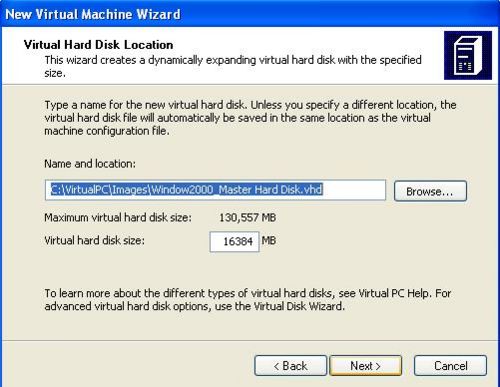
*10. Now you are done with the Virtual PC configuration.
Install Operating System and Configure Virtual PC
*1. After you click on Start, a separate window shows up. The normal boot information shows up inside the Virtual PC window. Please insert the Windows 2000 CD into the CD ROM when you get to the window below and follow the on screen instruction. Virtual PC installs the Windows 2000 into the Virtual PC hard drive, not your working drive. If the machine doesn’t recognize the CD when you insert it into the CD ROM, you need to enter the CD ROM drive letter (E for me) at the prompt to install the operating system.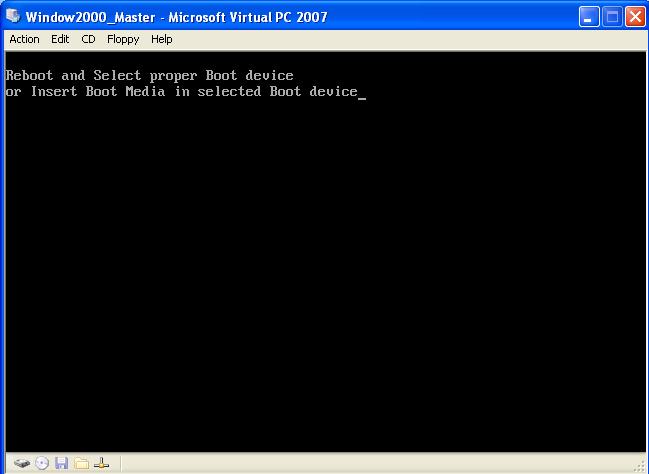
*2. Setup the Virtual PC to use the physical Ethernet card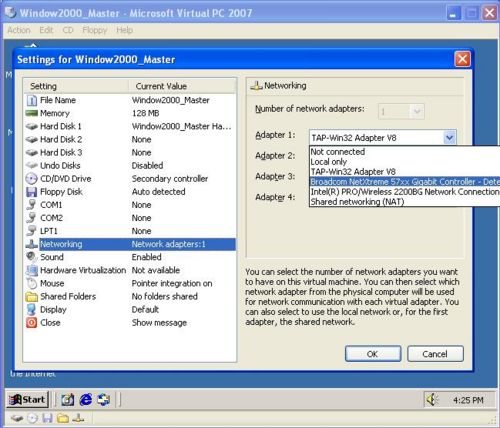
*3.Install the addition for clip board support and folder share support.
*4. Create a folder C:\VirtualPC\Share\ to share files between the host and guest system.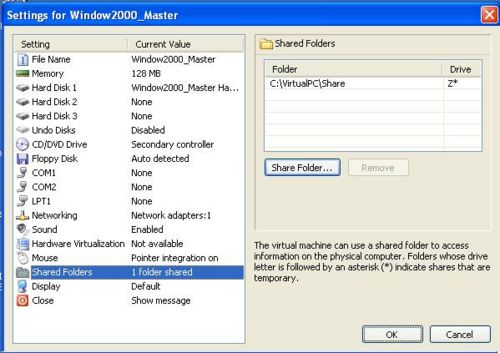
*5. Now you can install all your common programs across all the Virtual PC onto this master file. I installed UltraVNC and PCAnywhere on this master disk since I will need them on all the Virtual PC.
End Notes
Cautions
Now you have a working virtual PC. Be sure to update your operating system to patch all the security holes before using it.
Shortcut Keys
Here are several shortcut keys you need to know to use the Virtual PC:
* Right (not the left) ALT key – Move the mouse out of the VPC window
* Right ALT + ENTER – toggle between window and full screen mode.
* Right ALT + Delete – send CTRL+ALT+DELETE to VPC.
Reference
What is VirtualPC from WikiPedia
Virtual PC Overview from Microsoft
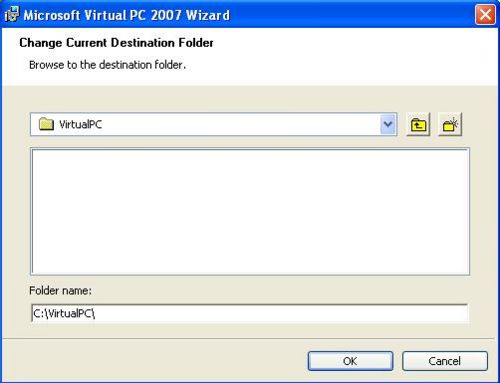
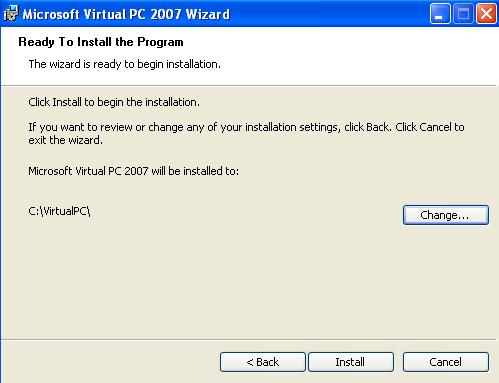
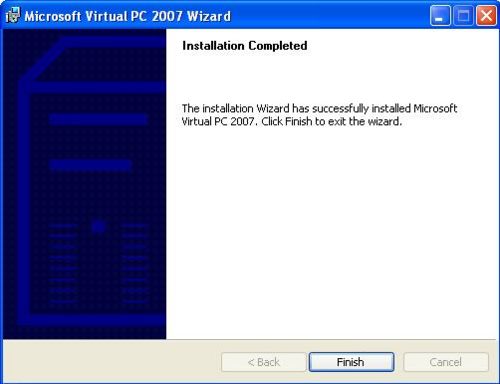
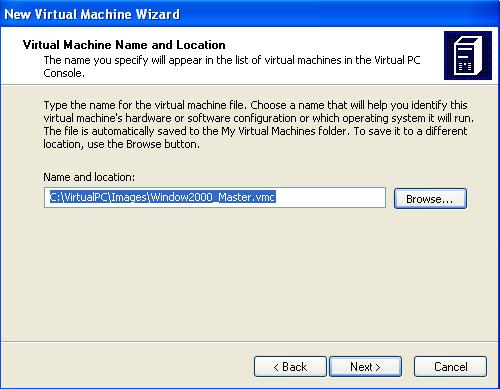
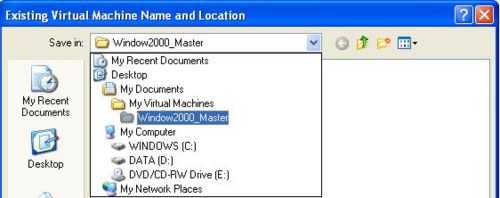
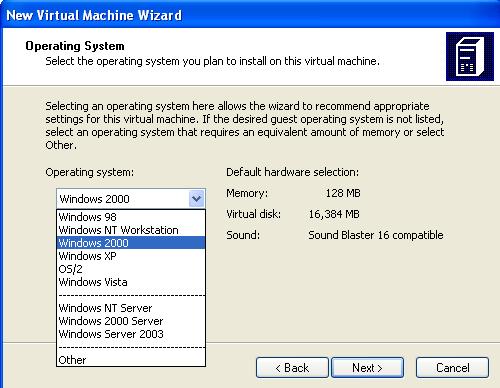
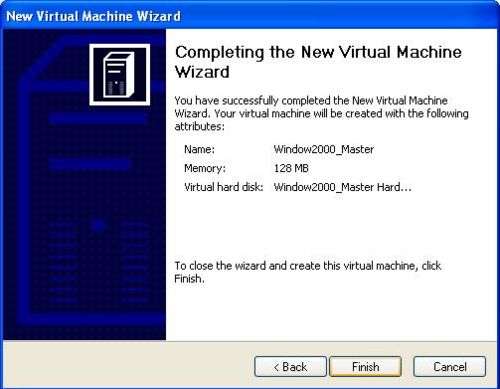
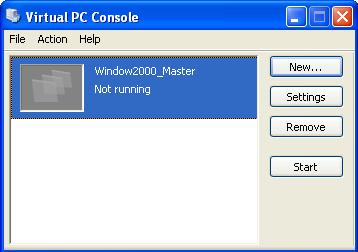
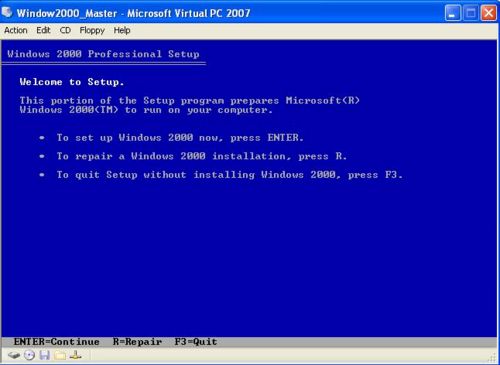
generally windows doesn’t support linux file system( ext2,ext3 ), but you may be able access using some software like ext2fs. you can download it from the given link